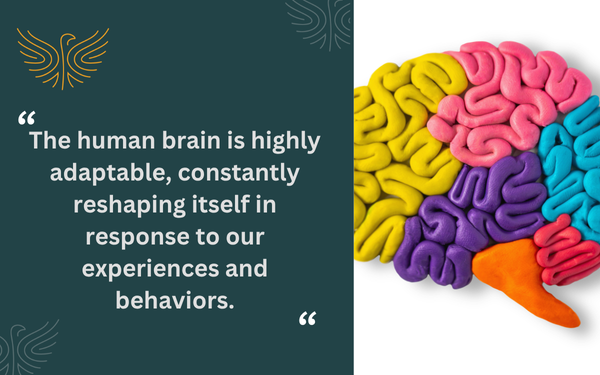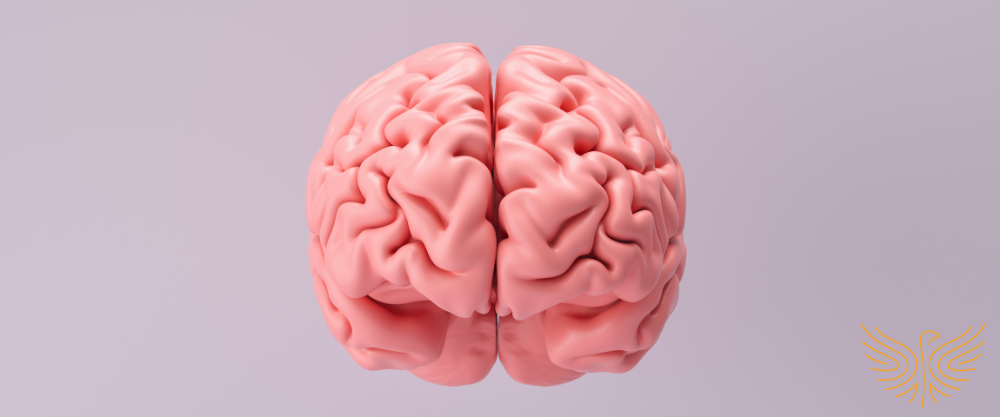Addiction touches millions of lives worldwide, transforming not just behaviors and relationships but fundamentally altering the very structure and function of the brain itself. Far from being a simple matter of willpower or moral choice, substance use disorders involve complex neurological changes that can persist long after someone stops using drugs or alcohol.
And this is why addiction can be so difficult to overcome and why recovery is often a long, challenging journey requiring professional support and courage. So, what exactly happens inside the brain after long-term substance use? Can it heal? The short answer is yes, but the longer answer is a little more complex. So, let’s take a closer look.
_______________________________________________________
What Happens to the Brain with Long-Term Drug Use?
The human brain is highly adaptable, constantly reshaping itself in response to our experiences and behaviors. This phenomenon is known as neuroplasticity1. But when substances like alcohol, opioids, cocaine, or methamphetamines enter the picture, they hijack this process, creating neuro changes that can persist for months or even years.

Essentially, long-term substance use disrupts the brain’s reward system, which evolved to reinforce behaviors essential for survival like eating and social bonding. Drugs flood this system with dopamine, a neurotransmitter associated with pleasure and motivation, at levels far exceeding natural rewards2.
Over time, the brain adapts by reducing dopamine production and decreasing the number of dopamine receptors. This adaptation means that regular activities that once brought joy become less satisfying. In turn, the substance becomes increasingly necessary just to feel normal.
Beyond the reward system, chronic drug use affects multiple brain regions and functions. For instance, the prefrontal cortex, responsible for decision-making, judgment, and impulse control, shows reduced activity and structural changes3. This is why many individuals with addiction often make choices that seem irrational to outside observers, such as continuing to use substances despite severe negative consequences.
The hippocampus is another important area of the brain impacted by substance and alcohol use4. This region is essential for memory formation. Thus, excessive use of alcohol or drugs can lead to difficulties forming new memories and trouble learning from past experiences.
Long-Term Implications
As substance use continues, the brain undergoes a cascade of changes that reinforce addictive behaviors. The amygdala, which processes emotions and stress responses, becomes hyperactive, contributing to increased anxiety, irritability, and emotional volatility during withdrawal5. This heightened stress response further creates a vicious cycle where individuals use substances to cope with the very distress their drug use has intensified.
Chronic alcohol use further interferes with GABA and glutamate6, the brain’s primary inhibitory and excitatory neurotransmitters, leading to tolerance, withdrawal symptoms, and increased seizure risk.
Opioid use alters the brain’s natural pain management system, reducing the production of endorphins and leaving individuals more sensitive to pain when not using drugs. Meanwhile, stimulants, such as cocaine and methamphetamine, damage dopamine and serotonin neurons, potentially leading to long-lasting mood disorders and cognitive deficits7.
The physical structure of the brain also changes with prolonged substance use. Brain imaging studies reveal reduced gray matter volume in regions associated with decision-making and emotional regulation. White matter, which connects different brain regions, also shows signs of damage.
Over the long-term, these structural changes contribute to the cognitive impairments often observed in individuals with long-term substance use, including problems with attention, memory, and executive function. And yes, this can take time to heal. But the good news is that it’s not impossible.
_______________________________________________________
Does the Brain Ever Fully Recover from Addiction?
While some changes from long-term substance use may be permanent, the brain’s remarkable plasticity means that significant healing is possible with sustained abstinence8.
The extent and timeline of recovery depend on multiple factors, including:
- Type of substance used
- Duration and intensity of use
- Age
- Genetic factors
- Treatment and support.
Brain function often begins to improve within weeks to months of stopping substance use, with dopamine levels, attention, and memory showing gradual recovery—but full reversal may take years or remain incomplete, especially after long-term use or adolescent exposure. Like most cases, younger brains tend to recover better due to greater neuroplasticity.
Supporting Your Brain Throughout Recovery
Recovery from addiction is a gradual process, which is why long-term, comprehensive support is so important. Evidence-based treatments help the brain form new, healthier patterns of thinking, behavior, and reward. For example, therapy and lifestyle changes can improve brain function and support emotional regulation, motivation, and cognitive health.
Effective treatments include:
- Cognitive-Behavioral Therapy (CBT)
- Mindfulness
- Regular Exercise
- Life Skills Development
- Medication-Assisted Treatment (MAT)
- Group Therapy or Peer Support
- Family Therapy
Overall, recovery isn’t quick or linear, but the brain does begin to repair itself with time and committment
Recognizing addiction as a brain-based medical condition—rather than a personal failure—helps reduce stigma and encourages a more compassionate, science-backed approach to healing. If you or a loved one is struggling, know it’s never too late to reach out for help. At Freedom Recovery Centers (FRC), our team is ready when you are. Call us at 804-635-3746; we answer our phone lines 24/7!
.svg)






.svg)

.svg)



.svg)
